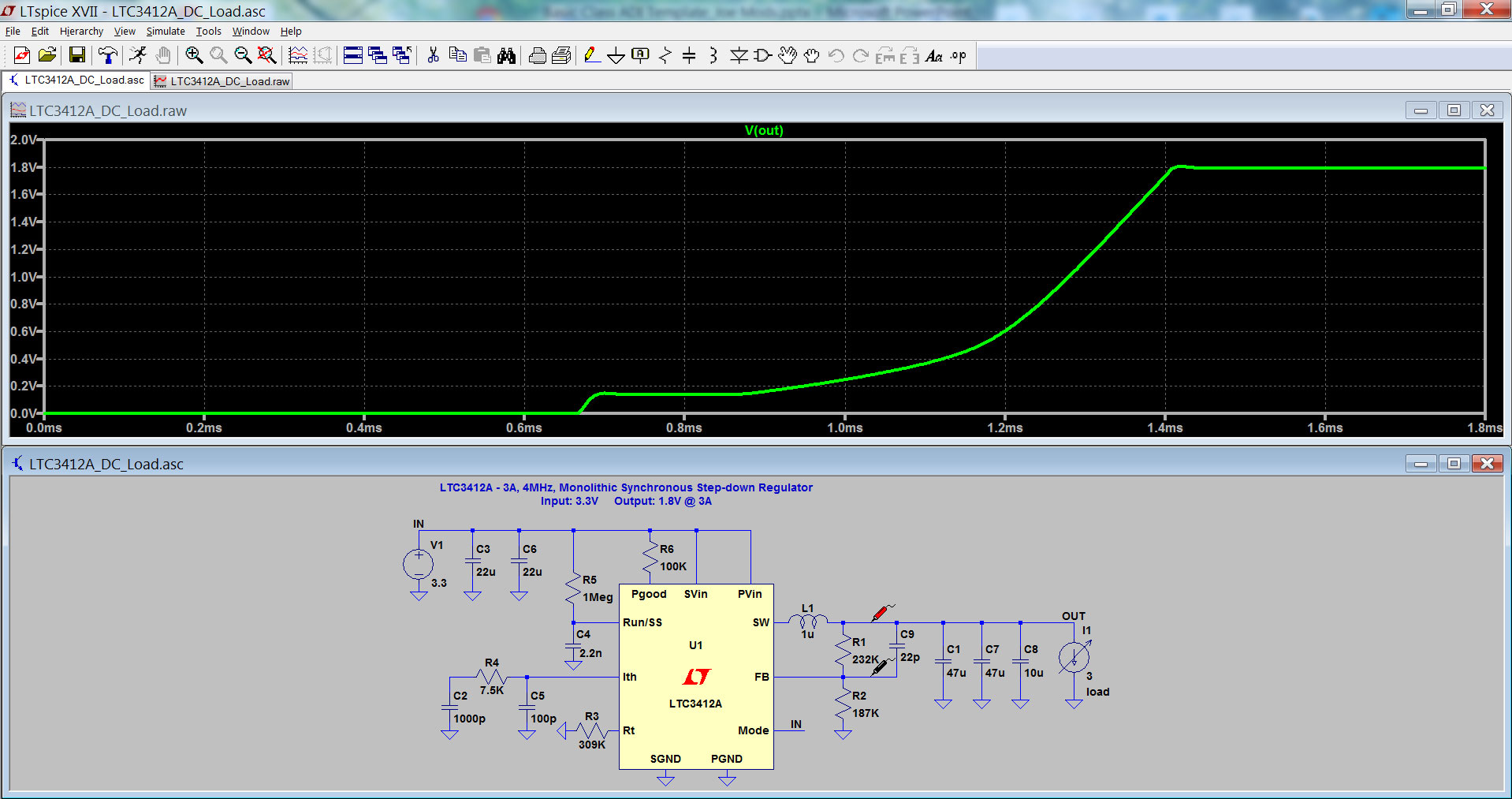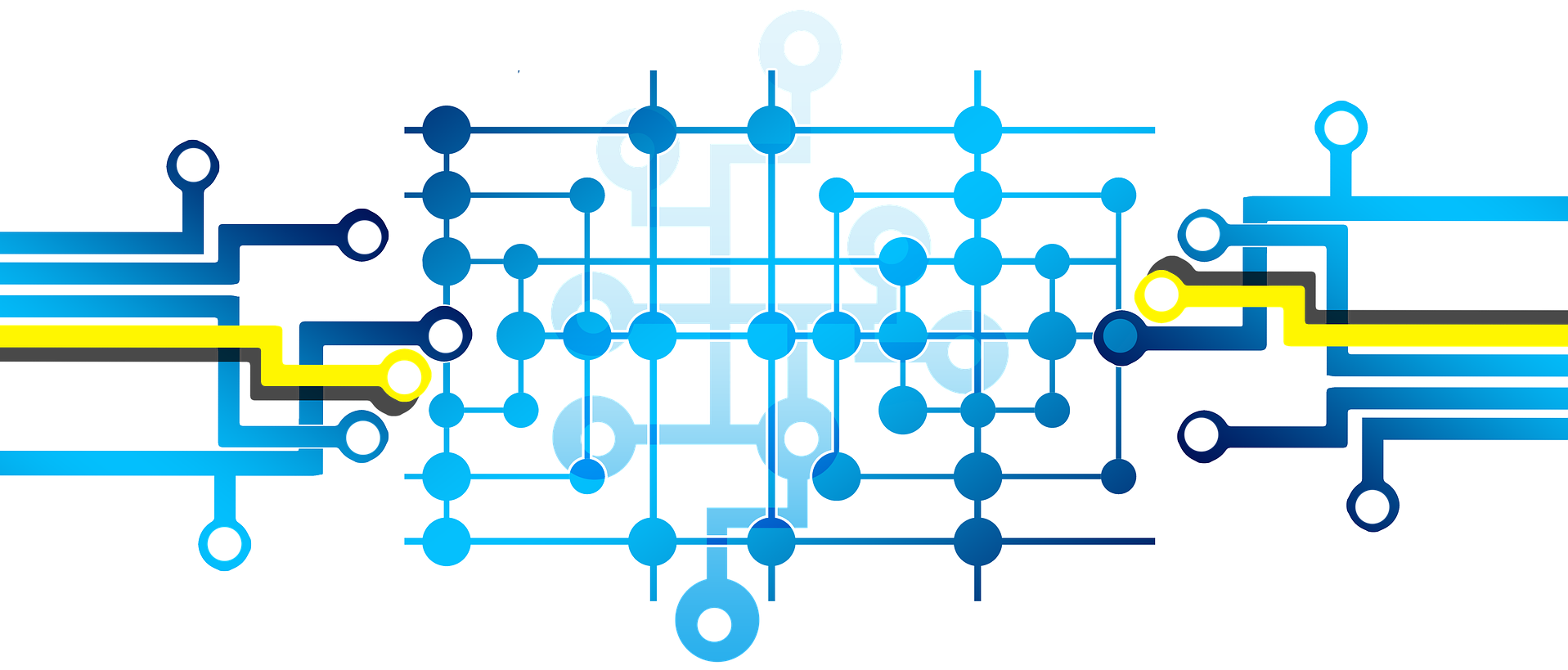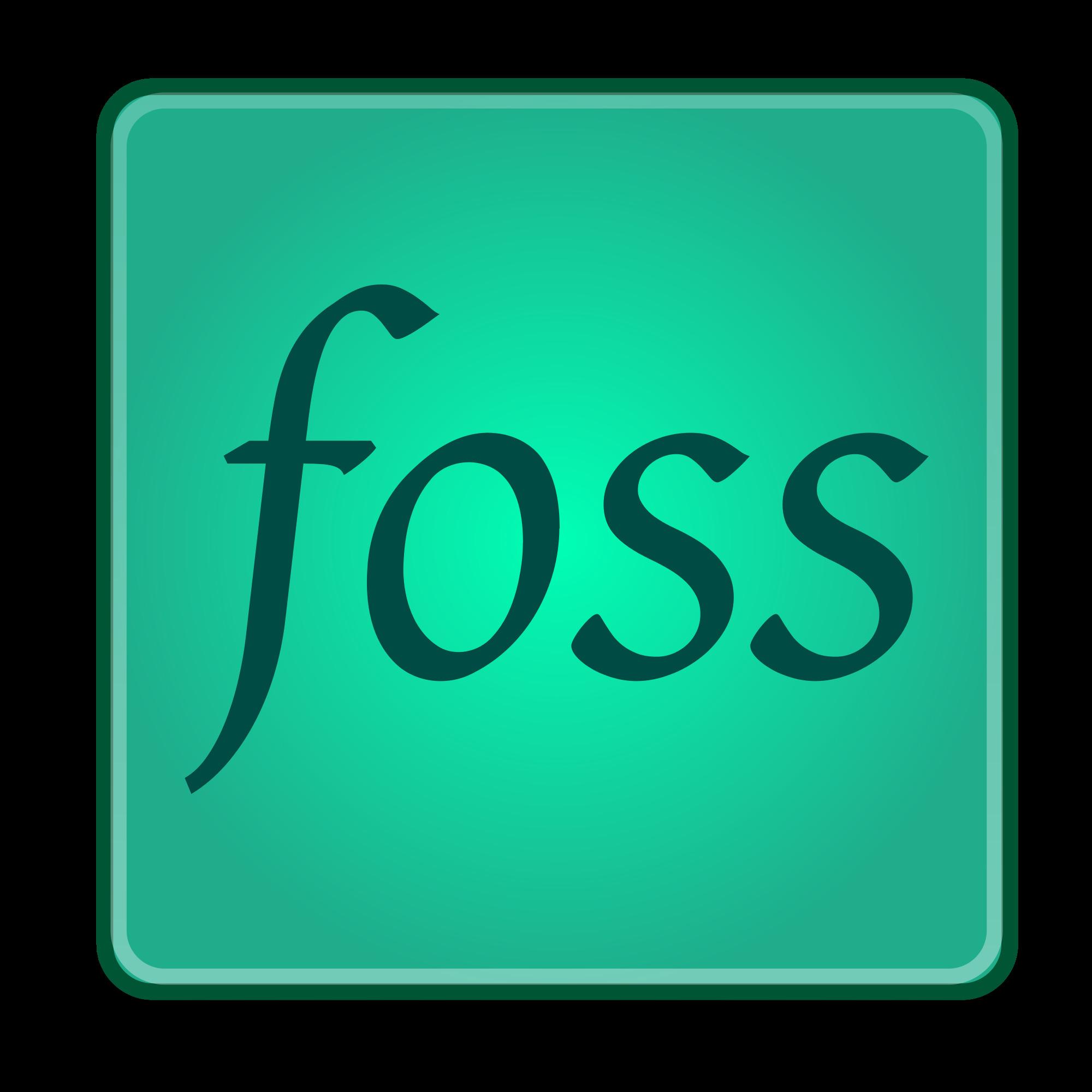Free and Open-Source Alternatives to Proteus for Electronic Design
Category: Technology
Date: 2 months ago
Views: 405
In the realm of electronic design, software tools play a pivotal role in bringing ideas to life, from conceptualization to simulation and implementation. While commercial options like Proteus dominate the market, there exists a vibrant ecosystem of free and open-source alternatives that offer comparable features and flexibility. In this article, we'll delve into some of these alternatives, highlighting their key features and benefits.
KiCad
KiCad stands out as a powerful open-source EDA suite, providing a comprehensive set of tools for schematic capture, PCB layout, and 3D visualization. With a user-friendly interface and robust community support, KiCad is suitable for projects of all scales, from hobbyist endeavors to professional-grade designs. Its cross-platform compatibility ensures accessibility across different operating systems, making it a versatile choice for electronic designers worldwide.

QUCS (Quite Universal Circuit Simulator)
QUCS offers a sophisticated simulation environment for electronic circuits, encompassing AC, DC, S-parameter, and transient analyses. As an open-source project, it provides users with the flexibility to customize and extend its capabilities according to their specific requirements. Its intuitive graphical interface simplifies the process of circuit simulation, making it an ideal choice for both beginners and experienced engineers seeking accurate and reliable results.

LTspice
LTspice, developed by Analog Devices, is a high-performance SPICE simulator available free of charge. Renowned for its speed and accuracy, LTspice is widely utilized for simulating analog circuits and switching regulators. Its seamless integration with LTspice IV and XVII further enhances its usability, enabling users to efficiently design and analyze complex electronic systems with ease.

Ngspice
Ngspice is an open-source SPICE simulator capable of handling various circuit types, including analog, digital, and mixed-signal circuits. While primarily a command-line tool, it offers compatibility with graphical interfaces like XSpice, facilitating user interaction and visualization. With its robust simulation engine and extensive library of device models, Ngspice empowers users to explore the behavior of electronic circuits with precision and accuracy.

GNU Circuit Analysis Package (Gnucap)
Gnucap distinguishes itself as a versatile circuit simulator designed for usability and extensibility. Despite being command-line driven, it offers interfaces like Gnucap-UI for graphical interaction, catering to users with varying preferences. With its emphasis on accuracy and flexibility, Gnucap serves as a valuable tool for engineers and researchers seeking to analyze and optimize electronic circuits for diverse applications.
OpenModelica
While not tailored specifically for electronic circuit design, OpenModelica provides a robust modeling and simulation environment for cyber-physical systems. Its support for multi-domain modeling enables users to simulate electrical systems alongside other components, facilitating comprehensive analysis and optimization. With its open-source nature and broad applicability, OpenModelica offers a unique perspective on system-level design and simulation.
In conclusion, the landscape of electronic design is enriched by the presence of free and open-source alternatives to commercial software like Proteus. Whether you're an enthusiast exploring circuitry as a hobby or a professional engineer tackling complex design challenges, these alternatives offer a wealth of features and capabilities to suit your needs. By embracing open-source tools like KiCad, QUCS, LTspice, Ngspice, Gnucap, and OpenModelica, designers can unlock new possibilities and drive innovation in the field of electronic design.


















0 Comments, latest
No comments.